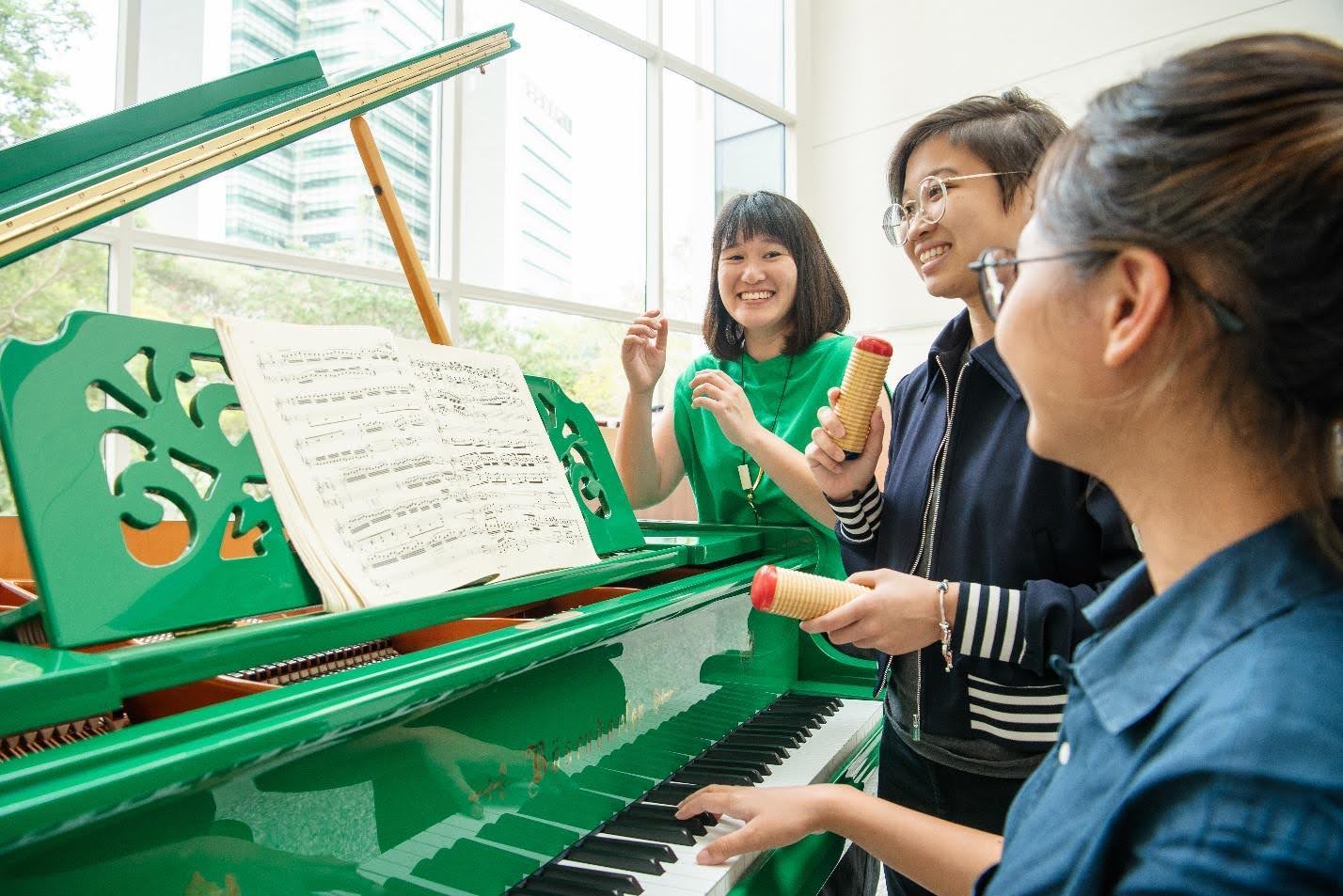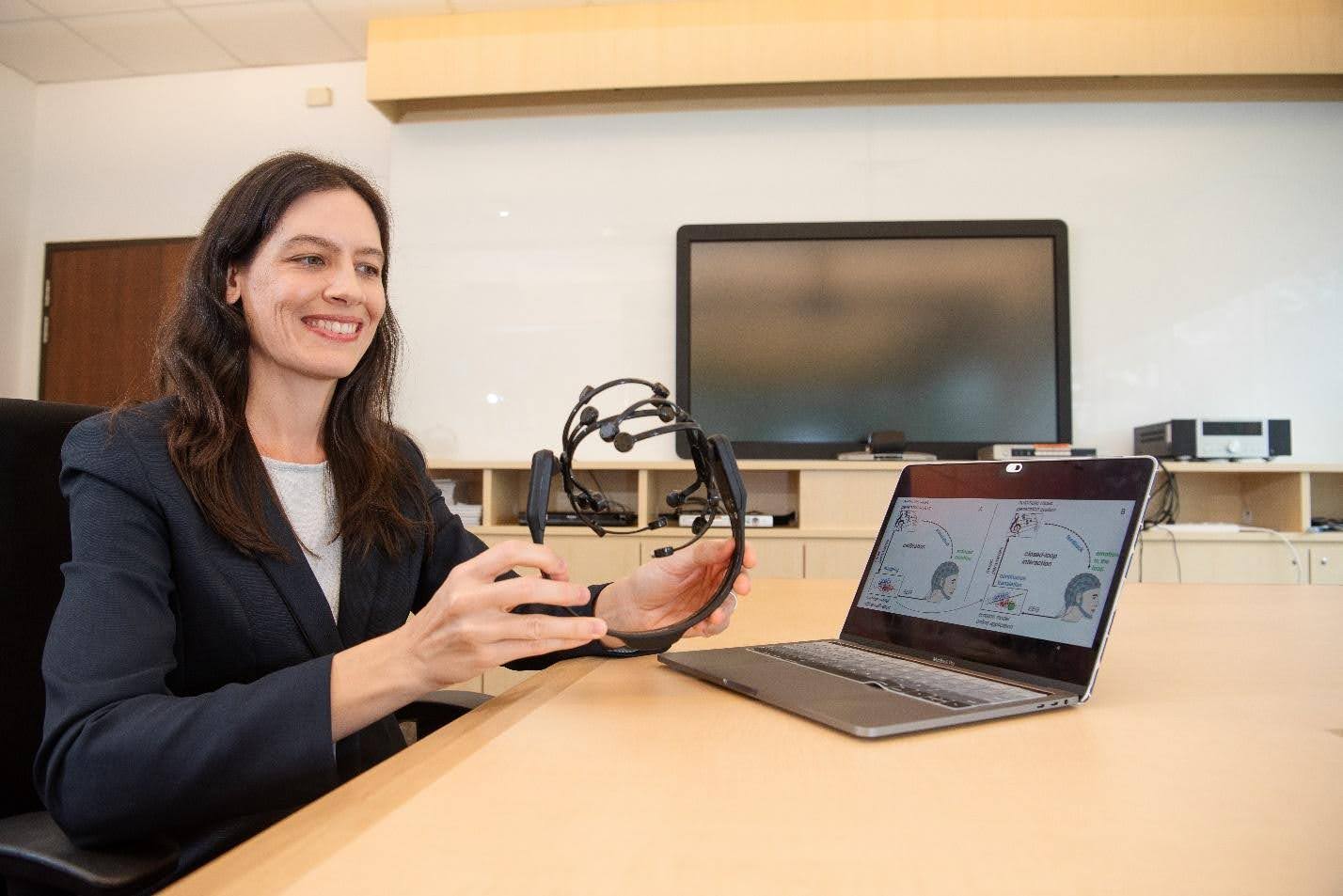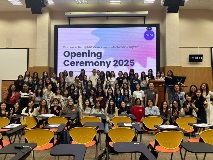
From bustling theatre stages to diverse museums and galleries worldwide, the arts and music profoundly shape the human experience and our understanding of the world. These mediums not only capture the essence of the human condition but also amplify it, offering powerful reflections and serving as cultural bridges between people and communities.
Beyond their cultural significance, the arts also play a vital role in addressing social concerns such as promoting mental health and the overall wellbeing of population groups like the elderly. However, opportunities to nurture talent and drive positive social outcomes in the arts and music would be significantly limited without the support of donors. Despite funding availability from the Singapore government, the continuation and expansion of these impactful initiatives still rely heavily on philanthropy.
Why Do We Need Philanthropists to Fund the Arts?
In a world where urgent needs, ranging from healthcare to disaster relief, compete for our limited resources, it may seem less pressing to prioritise funding for the arts. One may naturally question why philanthropists should give precedence to supporting the arts.
1. Art May be a Public Good and Not Commercially Viable
One compelling reason to support arts philanthropy is that many artistic endeavours, although culturally enriching and vital to society, may not always be commercially viable. Without the support of donors, these initiatives may not be able to reach the target populations they are intended to benefit.
For Singapore, which faces the challenges of a rapidly ageing population and an expected rise in dementia cases, initiatives like Reunion offer a cost-effective way to improve the quality of life for the elderly. However, without clear economic benefits for commercial entities, these social impact initiatives would not have been possible without the support of arts and cultural philanthropists to bridge the financial gap.
2. Flexible Funding is Required to Drive Innovative Therapies
Besides the financial constraints practitioners in the art and culture industry face, flexibility in the use of available funding presents another challenge. Currently, much of the funding available is provided within a framework of tightly prescribed targets. Without philanthropic support, practitioners may have limited flexibility to experiment and develop more innovative programmes that can effectively benefit a larger population.
One example of such innovative ventures is Neuroarts, a field that explores how the arts and aesthetic experiences can influence the body, brain and behaviour, and how these transformations can be harnessed to promote health and well-being.
Case Study: How Funding Affects Neuroarts Development

Unlike traditional health interventions, creative Neuroart therapies and outreach programmes offer unique avenues for expression, connection and healing. They align with broader efforts to improve the quality of life. Extensive documentation, including over 3,000 scientific publications reviewed by the World Health Organisation (WHO) in 2019, underscores the arts’ role in improving health, managing diseases, and boosting well-being. For example, music has been shown to help seniors with dementia manage symptoms, and dance can improve motor coordination in those with Parkinson’s disease.
Assistant Professor Kat Agres (pictured) of the Yong Siew Toh Conservatory of Music, for instance, specialises in examining the connection between music perception and cognition, the interplay between music & medicine, and the therapeutic effects of music. Her research has resulted in the AffectMachine system, which uses user inputs (e.g. physiological or neural signals) via electroencephalograms (EEGs) to generate emotional-sounding music. Asst Prof Agres and her team hope to use this system to help listeners regularise their emotion states, improving their mental well-being.
However, despite clear evidence of its benefits, the integration of the arts into mainstream medicine and public health is limited. The Neuroarts sector remains young and decentralised, often lacking essential cross-sector collaboration for an interdisciplinary approach. This has led to inconsistencies in research outcomes, as seen in a review of music interventions for serious mental illness, which found significant variations in study designs and measurement tools.
These challenges highlight the urgent need for sustainable research funding opportunities to maximise the potential of Neuroarts and arts-based therapies. Enhanced support can ensure that the considerable investments in this field translate into significant social benefits, unlocking the transformative power of these artistic initiatives.
Advance Arts Philanthropy in Singapore with NUS Giving
Fortunately, in Singapore, significant progress is being made in the realm of arts philanthropy, particularly in the advancement of therapeutic arts for elder care. One notable example is the Centre for Music and Health (CMH) at the Yong Siew Toh Conservatory of Music (YSTCM), National University of Singapore (NUS). With the support of donors, the Centre marks a milestone as the first dedicated research facility in Southeast Asia aimed at spearheading evidence-based practices that harness the power of music for promoting health and wellbeing.
The CMH adopts a multipronged approach, seeking to forge partnerships with cultural organisations, global leaders and government bodies. Through these collaborations, the CMH aims to influence health policies and advocate for a deeper integration of the arts into health and wellness frameworks. In addition to its focus on the elderly, the Centre is also dedicated to promoting philanthropy in Singapore to support and sustain projects benefiting populations beyond the elderly, especially in areas like mental health and community wellness.
As the local population continues to age, the demand for such innovative and effective therapeutic arts programmes is expected to grow. Through institutions like NUS Giving, donors can access opportunities to support the advancement of cultural and artistic expression while making a meaningful contribution to various social causes. If you are eager to play a part in driving positive change for the benefit of society, consider exploring how you can make a difference through philanthropy today.






